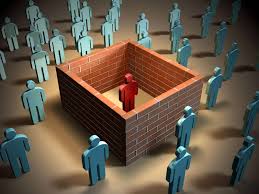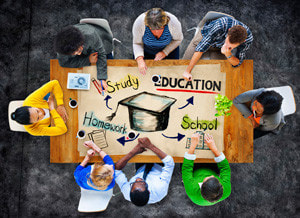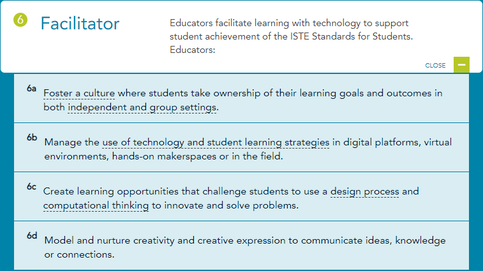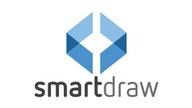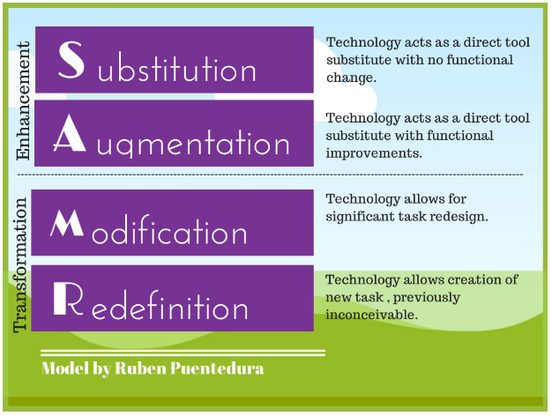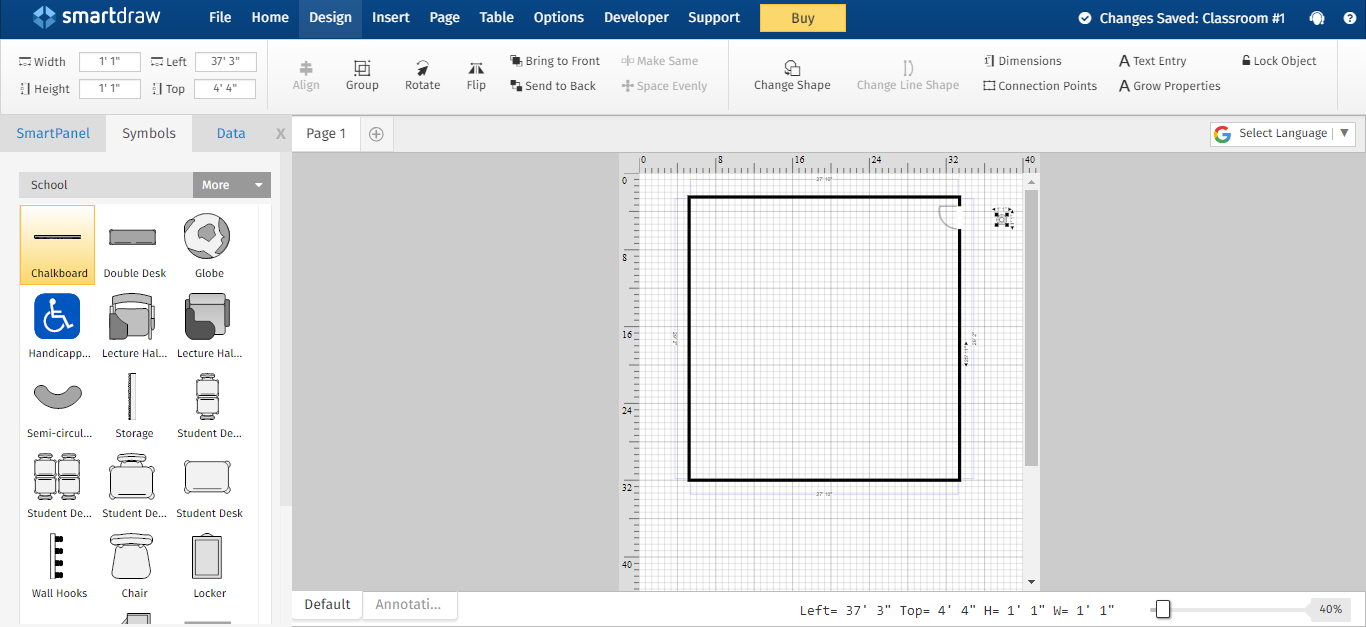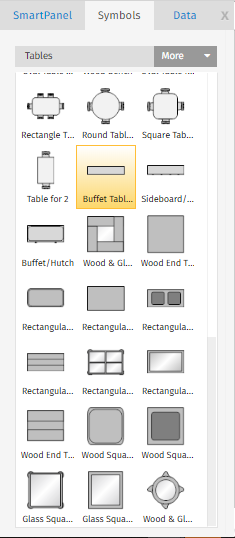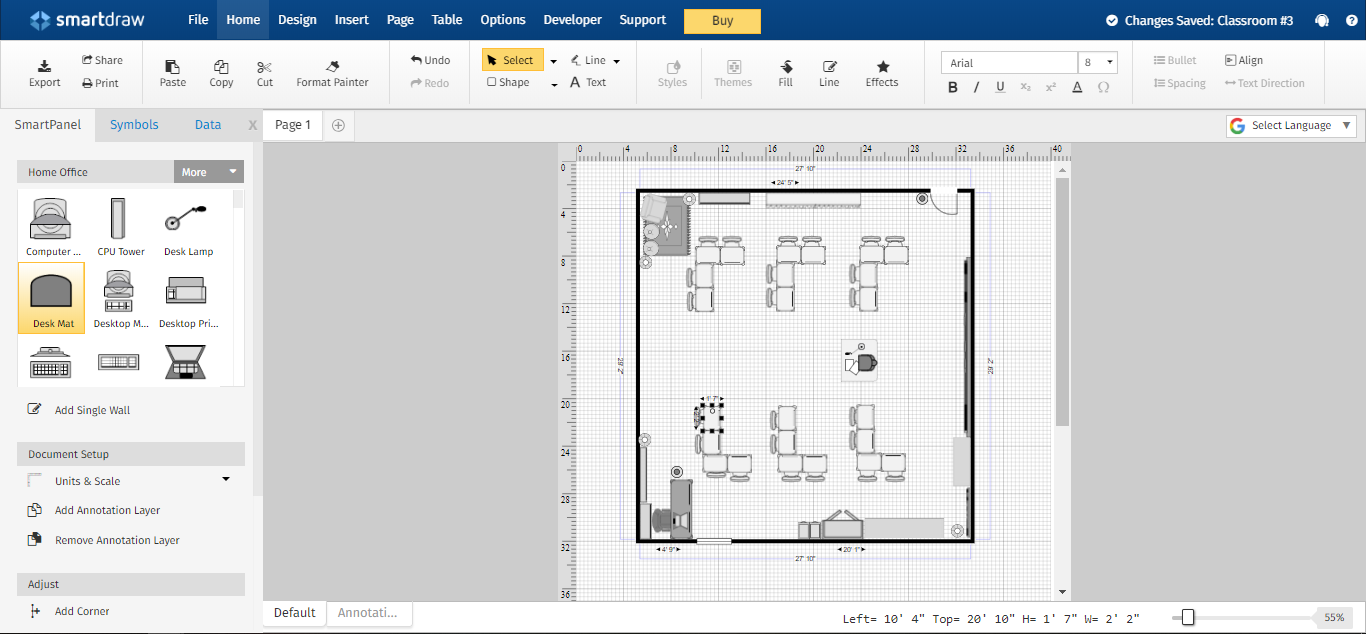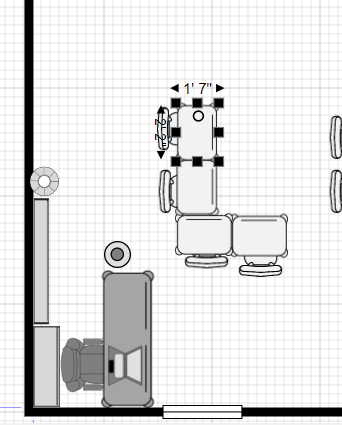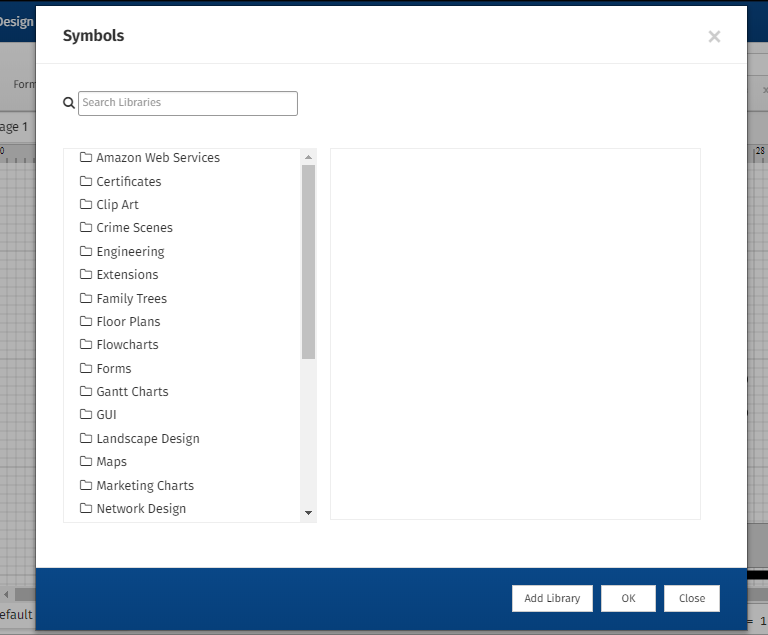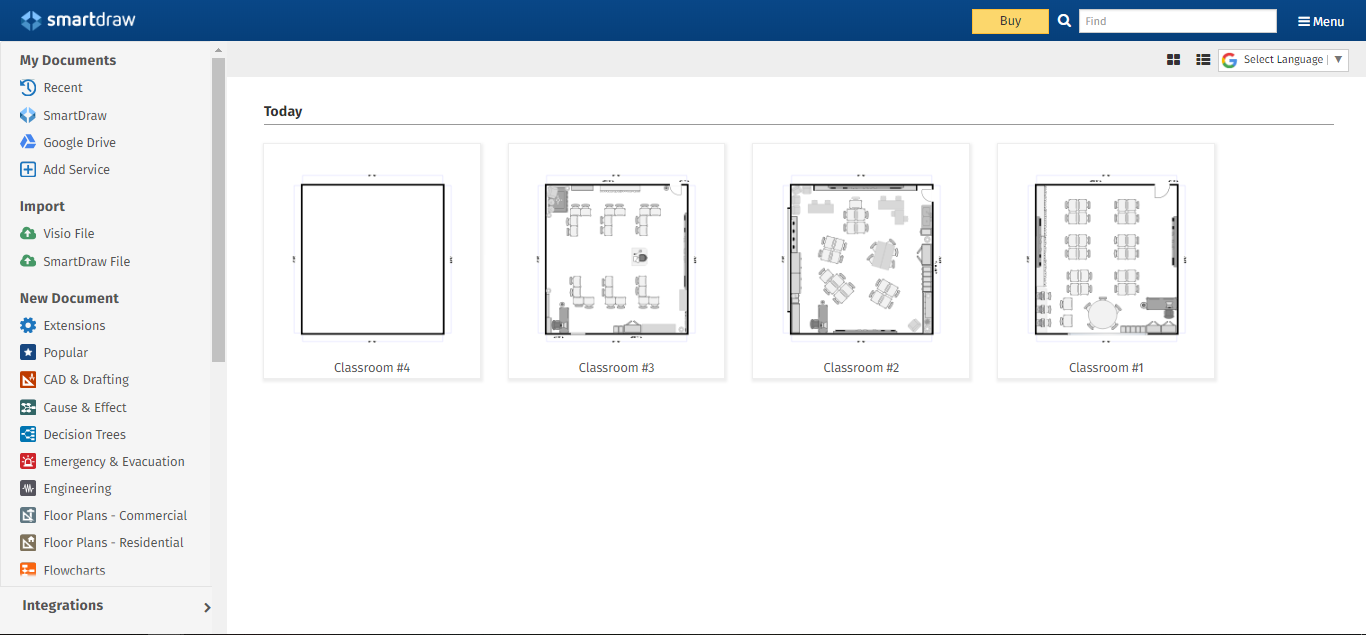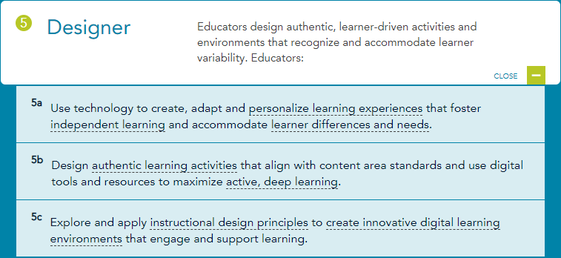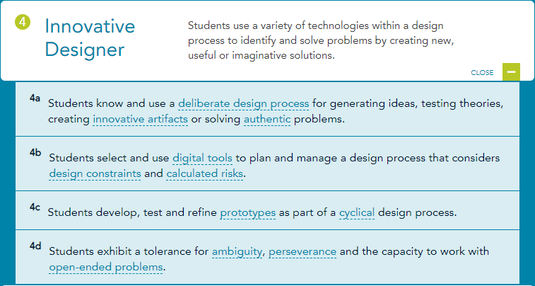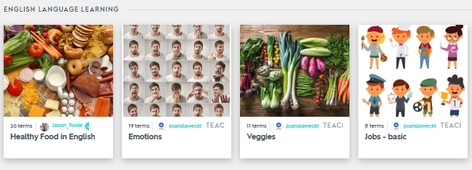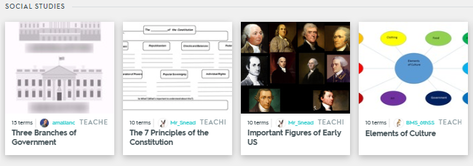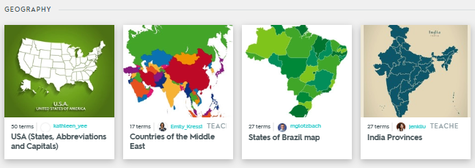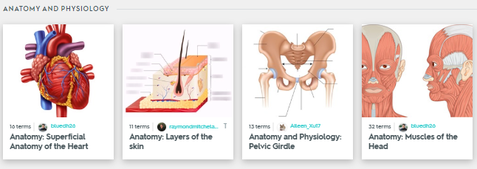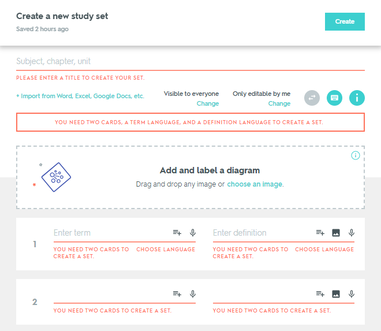|
I’m a selfish person. I care about myself a whole lot more than I do others – not the best trait for the teacher one might assume… and I recognize this. I am a very hard on myself and my performance, and I am very meticulous and perfectionistic when it comes to things that I care about. I am my own worst enemy, constantly in league with myself, trying to find the suitable routine, comfort, setting, mindset, and rejuvenation. I know who I am.
However, being a substitute is a lonely profession. You don’t have a space to return to everyday. No set of familiar faces to encounter on a daily basis. Friendships are hard to come by in the professional sense. There is no ownership to the job other than of one’s self – me. Students think little of you and do little for you. And the exhaustion that substituting evokes is something of its own rendering. Behavior management is a fresh task each and every day. The material to be taught is distinctive each and every day. The routine varies based on the grade level, the school, the classroom, the subject, the students, and my own self that wakes up feeling on and off based on the day I had prior. I am lost at times, but this sense of lost-ness has allowed me to better understand myself more so than I have ever undergone. I need structure. I need my own space. I crave the designing of my own curriculum. I crave a classroom of students who I will come to know, and they will come to know me. I require stability and a place to call home within the educational sphere. I have found my place outside of it, but within it I am still searching. Still growing. Will more time be needed? Possibly. From this lost-ness, I have gone insane. The only way for the sanity to return is through rejuvenation granted by natural exploration. In other words, the great outdoors. Yes, I like to fly fish. But I also simply just like being outside. Fly fishing is the perfect excuse – much of the time I spend fly fishing is not actually me fishing, but wandering around smelling dirt, looking at plants, scrutinizing bugs, observing clouds, wet wading and shuffling my bare feet in the rocky bottoms, and best of all, laying under trees reading books aloud to myself and the birds. Edward Abbey’s Desert Solitaire has been a huge influence for me this past school year – I’ve read it about three times over. I suggest it if you have not read it – it may just help your well-being. When it comes to teacher well-being, articles online provide a whole lot of suggestions in terms of how to take care of yourself – at home, through peers, through school-support, through mindset. They discuss the many factors that cause teachers to become burnt-out. They expand on the ways to make the most of your summers and breaks so that you come back refreshed and ready to work. But most of all, they make it clear that teaching is perhaps the most difficult job in existence – especially in terms of mental exhaustion. Psychologically, teaching young, restless, apathetic heathens takes its toll. But it also is self-gratifying. It is rewarding above all else. It is a profession that fills you with purpose, with love, with learning, and best of all, with passion. A desire to better the world, the young, and yourself. To All Those Team-Players Out There:
I might argue that in some aspects being a substitute requires the team-player element more-so than the teacher. Whether it be multiple districts, schools, or classrooms, I am constantly finding myself to be the “team-player.” I am regularly playing the role of the teacher, in their absence, and I am required to work as a positive and enduring member of the classroom, the school, the district, the educational sphere, the whatever-you-wanna-call-it… Some days I am the pep-rally-er, the fire-drill escort, the field-trip chaperone, the lunchroom usher, the student shepherd, the hallway guide, the student-body guard, the advice giver, the tardy sweeper, the intermediary peacemaker, the breaker-upper of fights, the detention supervisor, the super-attendant of computer labs, the bus duty guru, and the list can go on and on. Other days I am simply Sam, Mr. Sam, or Mr. Travis. Somedays I am "Mr. Spiderman." Most days I am just a substitute. I have worn many hats and I look forward to trying on some more. This one time, for instance, I unknowingly had to accompany a whole pod of 7th graders on a fieldtrip. I didn’t know there would be a fieldtrip that day, so I was ill-prepared. I didn’t know where we were going and I didn’t know the field-trip protocol. But because I was acting as a member of the pod that day, – a team-player – I picked myself up from the depths of the impromptu anxiety I was having and enjoyed the ride. It was a lovely day after all, and a pleasant experience overall. Another time, I was a part of a spur-of-the-moment restorative justice circle for a class of which I had subbed for a week prior. I had left some feedback that remarked on how poor the students had acted and that they had shown me little respect. Never had I been a part of the restorative justice ceremonies that often take place in this school, but I made it work. I was given apologetic responses on behalf of certain students’ behavior, and I gave students an understanding of how their past-actions made me feel. In the end, all felt restored and justice had been served in a dining room setting where each member left more full of integrity than when they had come in. As a final role to end this post on, I once played an unusual version of dodgeball whilst subbing for a gym-teacher-coach-person. I don’t remember ever getting any kids “out”, but I do remember (being the team-player that I am) sacrificing myself constantly to not allow the group of Fortnite-obsessed youngins to be pummeled by the squad of unremitting 6th grade girls. I believe I spent the majority of that game sitting idly after being thumped by every cushioned ball in the game’s circulation. If this is not what a team-player is, then I don’t know who I am. In Chapter 4 of Boogren’s The Beginning Teachers Field Guide Embarking on Your First Years (2018), the transition from the “rejuvenation phase” of Winter break to the second-half of the school year is discussed. Specifically, Boogren recommends that when re-entering the classroom, one should take it slow and utilize this time to implement a sort-of “play” within the classroom. Such strategies discussed include: “demonstrating intensity and enthusiasm, utilizing physical movement, presenting unusual or intriguing information, and maintaining a lively pace” (71). I may not be a full-time teacher, but as a substitute I, too, have recognized the feeling of exhaustion before break and the rejuvenation that follows. Now that I am back in the classroom, I feel the need to enjoy being in the classroom spaces I often occupy and to “play” or amuse the students I work with. This first week back I accepted a five-day assignment for 7th grade social studies. The teacher had retired over break and had left plans that consisted primarily of worksheets and readings on the reasons for the collapse of the ancient Roman Empire. In my opinion, the content for the week was dull, tedious, and slightly unintriguing in terms of how the content was to be taught. Reading a short text in order to answer a few questions about it is not the most engaging material. Knowing this, I understood that I had to make everything a little livelier, both for the sake of my students and myself. As Boogren (2018) puts it, “be the teacher your students crave to be around” and make that first week back an enjoyable time so that students are engaged and eager to learn (72). My next steps, then, were to not only lay out the content, but to do it in a way that the students would find humorous, fun, and silly, while also not leaving out the “serious” aspect of needing to get work done. In other words, I adopted a personality that I did not know was within me… Perhaps this was a result of my break away from work and school. Never did I have an issue with getting the students motivated to do the work (which is usually an issue) and complete it (another issue of its own). I also found myself enthusiastic of my return to work the following day, and excited and full of energy upon that return. Picturing Your Best Possible Future Self Interestingly, this little writing activity posed at the end of Boorgen’s (2018) Chapter 4, of talking about who you hope to become, was a big aspect of my thinking over the course of Winter break. I had thought a lot about where I want to be in the next few years and did a lot of talking with people about it as well. My conclusions were what follows, showing you who I believe to be my best possible self. In ten years, I would like to be a full-time educator who has found his way in the unremitting profession that is teaching. This future me will be comfortable and talented within his carefully cultivated setting. When the school day concludes, this future me will return to the property that he owns, ready to quickly tend to his gardens and animals before the sunlight is lost. When the weekend comes, the land will be of chief concern – meaning that the property I own will be tended to thoroughly… A thought that excites and overwhelms me to no end. In the summers, after the long and strenuous school years, I will work as a fly fishing guide, welcoming my clients into the world that I find to be meditative and beautiful. All work and little play it would seem… But all of my work is play in the end, because that is all I have the desire to do. Teaching, gardening, woodworking, landscaping, reading, cooking, fishing, guiding, writing, thinking, singing, dancing, studying, learning, and living; this will become my life and I welcome it with an open heart to the doorstep that I will one day fashion with my own hands. To achieve such a life requires careful and thoughtful consideration and planning. I have begun saving money and will continue to do so for the rest of my life – all in order to buy property, build a house, cultivate a farm, and live a quality life. However, in order to make this money, I must work. As the teacher I am on my way to become, and become I will, I must dedicate my next three to five years to serious studying and strenuous labor. My students and classroom will become my world and the rest will remain in the background. This is the plan and I plan to stick to it. This is my dream and I will do whatever it takes to achieve it. Reflections:
It is as simple as this in my opinion; if you tell people how you feel as honest and clear as you can, they will understand. Trust and respect will come of it as well. I believe that being blunt, straightforward, full of integrity and true to yourself will serve you better than anything else when it comes to showing people who you are and what you think and having their support and attention in return. What else, is that always arriving to school with energy and enthusiasm will share the same sentiment of loving one’s job and those they work around. If there happens to be an aspect of the day that you just can’t get through, I do believe that the ‘fake it till you make it’ approach will carry you through… However, with this approach, you are, in a way, lying to yourself and others… In some instances, it might be best to be truthful and explain that it is not your best day and that may help your listeners to understand how they should act while in your midst.
I wonder what is the healthy amount of movement needed? As the educator in the room I am constantly moving around – I mean constantly. The students do not. In my experience subbing I tend to feel concerned when students are out and about and moving… But this movement is usually because of distracting and off-task activity, and not a part of the lesson/class itself… In all honesty, plans left by teachers for me as a sub almost never contain movement. The occasional stretching break comes around from time to time, but that is it. I think that as a teacher, I would like to implement a daily routine for stretching in certain classes… I would also like to have days where I take students on a “school” trip – a mini field trip – where we, as a class, go off to a space that is not within the classroom we normally exist in. I have a little dream of a lesson that requires students to do nothing but walk, think, and write. Specifically, students would walk laps on the track and for every lap completed, they would pause at the bleachers, sit, and write for a few minutes about what they thought about while walking, only to walk another lap again and again to think after each interval of writing. I do believe that movement allows for help in more fluid and aware thinking…
Recently I have been studying random things like crazy so that my general knowledge is attended to, and that this question can be answered within my own life. For the past few weeks I have been studying the southwest in order to be able to communicate cool stories, facts, and details to students, friends, and future fly-fishing clients… I think that in order to have “shiny objects,” to which students can communally shout “ohhh” and “ahhh” toward, one must study and research and practice and understand. This is the only way. This can both be a part of the personal life of the teacher as well as an act within the classroom.
I have always thought myself to be to quick with my pacing. I rush unconsciously through content when I teach it… I need to start being more aware of this ill-practice and start slowing things down a bit. This would allow more fluidity and clarity to my teaching. What used to be an issue was my scheduling and time management which cause me to become stressed, making me perform poorly in my endeavors. Recently however, I have learned to manage my time better than I ever have. There still is work to be done, but my scheduling of events, work-time, down-time, and other things has allowed me to find an equilibrium between organization, productivity, and rest.
This past week, while subbing, I really felt good when I managed to get directions across clearly and to the whole class the first time and everyone began getting to work. This happened a few times throughout the week, but most of the time I had to reiterate directions and expectations which ends up taking a toll on the amount of energy you have.
I know myself to have a growth mindset in everything I do. I do not believe I will become a master of anything until I am very old, and so I must understand that no matter how good I think I am at something, there is still so much more to be learned. Criticism is my meanest friend, but I love to have them over for dinner for a long and well-received conversation from time to time.
This entire post has been of extreme value to myself… I love writing and this piece in particular, being so reflective, has made me feel really good about where I am headed and where I have been. I see that I have come a long way, from the young boy who first set foot into ED 222 and was considering the notion of following in my parents footsteps as educators to the seasoned boy who was up too late working on homework for his master’s classes while a hefty drive to his student teaching placement was a few hours away – minimal sleep was granted from decisions like these. To now, where the young and seasoned boy is on the cliff-edge, hanging on with the tips of his fingers, understanding that it is time to let go, and fall into manhood – the destination that will require an organized, and prepared self. I am ready to fall, and in turn, ready to rise up and become my best possible self. In Jason Perez’s article, “Taking the Doors Off the Classroom Through Collaboration,” he discusses the idea of isolation which is definitely not foreign to me. I have always been one to “hide” in a sense and shut out others who would no doubt be helpful in my self-improvement. This is just how it is being the introverted and kind of hard-headed person I am. However, I know that to be successful as an educator I HAVE to let them in. I want to be the best I can be, so letting down my barriers is a must-do when I become a teacher. One thing I want to point out is how Perez explains that teachers often come together to vent, and chit-chat about things that are not actually helpful in improving one’s practice. This will never be an issue for me (at least that is what I think) because I tend to not engage in small-talk – I’m not much of a complainer… At least I don’t think I am. So, when Perez says that educators need “Collaboration with a purpose”, I fully understand where he is coming from. I really like how Perez lays out collaboration as a four-step process: Forming, Storming, Norming, and Performing. That forming portion, of which Perez claims is the easiest stage, I think is actually one of the hardest. When it comes to first developing relationships with others, I struggle. This because I am adamant about sharing things about myself. Getting past the initial meet-and-greets and the getting-to-know each other phases has always been hard for me. But once the relationship is established, I flourish. This is how it has always been and I imagine it will always be this way. It kind of worries me. The step of Storming comes next, and this one is less of an issue. I never have minded receiving feedback from others. I always am open to new ideas, but am careful to take them on. I’m hard-headed in that regard. However, I am not defensive. I love to receive feedback. Thus, once I develop that relationship with a team of educators, I don’t imagine I will have any issues with the collaboration aspect. This is what Perez means by “Norming” – the improvement of the relationship with your team, and the willingness to let them in at any time in order to improve. Performing is the last stage, and Perez leaves it a little unclear as to what he means is supposed to take place in this stage. Perhaps I missed it? From my understanding, I believe he is saying that it is simply the final stage when everyone is entirely comfortable with the collaboration process between members of a team. I really do look forward to having a quality team of which we can all share ideas, concerns, criticisms, etc. in an open and very accepting environment. I hope that this is how it is in my first years of teaching… Lord knows I would have a very difficult time if this were to fail. Let’s not let that happen.
For this final evaluation of a technological software that can be integrated into the curriculum to substitute, augment, modify or redefine (SAMR) a teacher’s instructional approach, I will be examining the diagram creation tool known as SmartDraw. However, this time around, I will be examining this software through the lens of the Facilitator – an educator standard presented by the International Society for Technology in Education (ISTE). Below are the educator standards for the Facilitator: The goal for this post is to show how SmartDraw can possibly align with these ISTE standards, and how the SAMR Model might be used with the program. What will also be shown is the variety of ways the program can be used, and an in-depth look at how I used the program for my own purposes. SmartDraw is extremely interactive and fairly easy program to use. The opportunity for creation is seemingly endless. SmartDraw allows its users to create a variety of diagrams that might include, but are not limited to: flowcharts, organization charts, web/mind maps, business visuals, CAD and drafting documents, blueprints, flyers, landscape designs, infographics, geographical maps, and timelines. In terms of the ISTE’s Facilitator standards, SmartDraw could easily allow for students to take ownership of their learning. The program offers users a variety of different schema, designs and products to fit anyone’s style. The program is virtually hands-on in its entirety, allowing for a sort-of field experience when it comes to designing professional documents. In Section 2: Teaching with Technology, the Office of Educational Technology explains that “to create an engaging and relevant lesson that requires students to use content knowledge and critical thinking skills, an educator might ask students to solve a community problem by using technology.” Through SmartDraw students might create a public service announcement for a problem within their school, their community, or even a larger sphere. The learning opportunities that the educator provides should obviously be challenging for students in order for them to be innovative in their designing and problem solving. The SAMR Model is also something to take note of when thinking about implementing a form of technology within the curriculum (See the image below for a better understanding of the SAMR Model). As Kelly Walsh explains it, “The SAMR model provides a technique for moving through degrees of technology adoption to find more meaningful uses of technology in teaching and move away from simply using ‘tech for tech’s sake.’” In this sense, SmartDraw might be used as a substitute for any form of hand-crafted designs. If students were thinking about recreating a space found in a Shakespeare play, instead of drawing it, it might be more challenging for them to craft a blueprint instead. Or if students are reading Huckleberry Finn by Mark Twain, the teacher might present the history on a PowerPoint. However, SmartDraw may be a quality option of augmenting the need-to-know background information by allowing students to play with an interactive timeline that the teacher created in the program themselves. Similarly, the students might craft the timeline on their own after having learned the history through a PowerPoint. This would be an example of using SmartDraw to modify the lesson and achieve new goals. The opportunities for using SmartDraw as a means of adapting lessons are endless. Since I am aiming to become an English teacher, SmartDraw could allow me to help students make connections across subject areas that would otherwise be over my head. Though, this is what technology should always do within the classroom: The information available to educators through high-speed Internet means teachers do not have to be content experts across all possible subjects. By understanding how to help students access online information, engage in simulations of real-world events, and use technology to document their world, educators can help their students examine problems and think deeply about their learning. Using digital tools, they can help students create spaces to experiment, iterate, and take intellectual risks with all of the information they need at their fingertips. (Office of EdTech) I have been using SmartDraw as an aid for artifact design in my CAPSTONE project. I wouldn’t have known where to begin in creating accurate depictions of the classrooms I substitute in. For the rest of the post, I am going to explain in depth my experience using this program and my overall thoughts about it. And for reference, take a peak at the screenshots below. I will be using them as visual aids. Initially, I was unsure about the program. I mean, I’m not much when it comes to using technology, so I’m unsure of every tech tool when I first experiment with it. However, SmartDraw did end up growing on me. The program is free for only for a period of 7 days. Thus, if students were to use it they would either need to complete their projects within that time frame, or a full-version would be required. Its free to sign-up though. And all features are accessible in the trial period. In Image #1 (displayed directly above), you can see my starting point in crafting a blueprint of a classroom. On the left-hand side is a variety of symbols that you can use. In Image #2, there is a better image of symbols showing what types of appliances, objects, furniture, etc. you might want to add to your blueprint. In Images #3 and #4 I am carefully designing a classroom using symbols of desks and chairs from a bird’s-eye-view perspective. The variety of symbols was astounding to me. You can even choose from hundreds of other symbols/categories by searching and downloading them within the program (as seen in Image #5). Go ahead and save your work. Start a new document/project. And return back to old projects at any time. In Image #6 you can see that I have multiple projects saved, and I also backed them up to my Google Drive account for reassurance. When I was done with a blueprint, I would export it as a PDF, but many other options are available. I honestly love this program. I feel like you could create anything and with so much detail. The interface is fairly easy to use, but it does take some getting used to. I would recommend educators to take advantage of the free-trial version of this program – all it takes is a quick sign-up. I am also considering paying for the full version in order to continue crafting more blueprints of classrooms for my CAPSTONE. If you would like to explore my blueprints as well as read my observations thus far, the project-page can be found here: Classroom Blueprints & Observations. Works Cited
A few weeks ago, I attempted to teach an assigned ED 603 lesson that I designed to teen members at Durango’s Boys & Girls Club. It honestly went horribly. I mean I have had worse teaching experiences… And for a program at the BGC it was alright… In my mind though, I believe that it was well below the level of quality I know am capable of. And even though the learning experience that was offered by me to the members was poor in execution and quality, the retrospective learning experience for myself has been of significant scope. For this post, I will be reflecting on this poorly implemented and received lesson, thinking about how I might better prepare myself for lessons in this setting for the future.
First off, environment is a big deal. The Boys & Girl Club is not “school after school.” Kids do not go there to be tutored or to learn more. They go there because their parents are still at work and they need to be supervised until their parents get off. I hate how the higher-ups at the BGC try so hard to make it a school-like setting. That is ridiculous. I mean, yeah there is learning that needs to take place and that is taking place, but that is all through peer-interaction. So when I try to come in and teach a lesson for my courses at the Fort, it is understandable that it is not only difficult to do, but that it is very poorly received. Members are not their to do more “work”. They are there to have fun. Having said this, I realize now that I need to be aware that whatever I try to have them do, it should not be characterized as a lesson or something to be taught/learned. Instead, I need to commercialize it as something that will be fun: a game, an activity, an adventure of the mind, etc. Fun is the top priority, so if I label it as such, I need to make it that as well. With this, it is important to talk about the strategy I tried to use within this lesson, and perhaps how I should have used it differently for it to have been more effective. Cooperative Learning is a research-based educational approach that emphasizes small groups and accountability, where each group member has a job and must rely on one another to collectively complete a task. I understood going into this that I needed to make this lesson fun, but I had no idea how I should do that, so I just took out all the elements of work (note-taking, summarizing, writing, etc). Looking back at this decision, I know now that this was not all I should have done. More was needed. The lesson was on digital citizenship and what that means. You can download the plans here. There were portions that were quite engaging such as the step-in and step-out prompts. However, the portion where members were supposed to discuss scenarios did not go over well. I should have had them design posters collaboratively or something but gaining access to resources is extremely difficult. I supplied all materials for the lesson out of my own pocket, which isn’t an issue for me, but for making the lesson more interesting and fun, better materials could have made a significant difference. On another note, I did use incentivization – candy. I rewarded participants with candy at the end of the lesson, and explained to them at the beginning that they would be rewarded with such if they were to cooperate throughout. In retrospect, this was a poor decision and shall not be done again. Anyways, the strategy of cooperative learning was tied in with that final “activity” using the scenarios, where I organized members into groups of three and they needed to analyze the scenarios together so that they could answer the questions that were connected to the scenario. Read and answer. That is the gist of it. No accountability was enforced, hence the strategy was poorly executed. Prior to the lesson, I did incorporate a sort of warm-up/anticipatory set where members were to stand in a circle and “step-in” or “step-out” based on their answers to the questions I asked. This is perhaps the only portion of the lesson that went over well. Why? Because movement was involved and it was unique. There is much more that can be elaborated upon, more that could be revised or modified, more that could be corrected. For the future, I will remember that fun is the prime motivator in terms of engagement. Boredom gets us nowhere, and this is for all settings. Not just within the building of Durango’s Boys & Girls Club. Tuesday (10/30/18) was a bad day. It is over now. |
Samuel Travis'sClassroom Reflections On the Search?
April 2019
Other Blog: Dome Doc's
|
